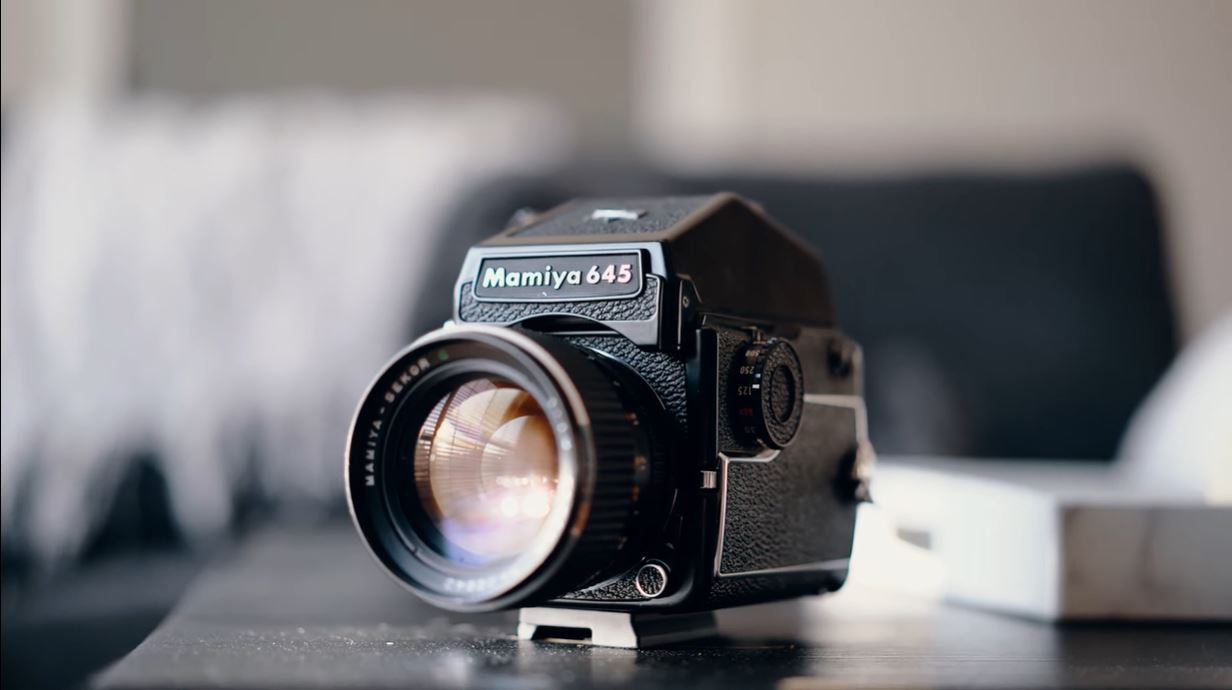If you’re bored of shooting squares on medium format film, you might want to get your hands on these noteworthy 645 format cameras.
If you feel limited by the square format, it may be time for you to try other frame sizes available. Yes, there’s more to shooting 120 film than the popular 6×6 format. If you feel like experimenting with other frame sizes, you may want to try 6×4.5 first. Whether you’re curious about this (or simply need the perfect excuse to grab another medium format film camera) we put together a quick camera recommendation with five of your best options. You’re welcome!
First, a little something about the 645 format. This format produces 15 or 16 exposures measuring 6 cm x 4.5 cm on 120 (or 220) film. While the 6×6 format is more popular, Camera-wiki.org notes that others prefer formats like 6 x 4.5 because it is the smallest frame size and produces more photos per roll of film; and 6 x 7 because it has the same aspect ratio as the standard 36 x 24 mm frame of 35mm film.
Pentax 645/645N
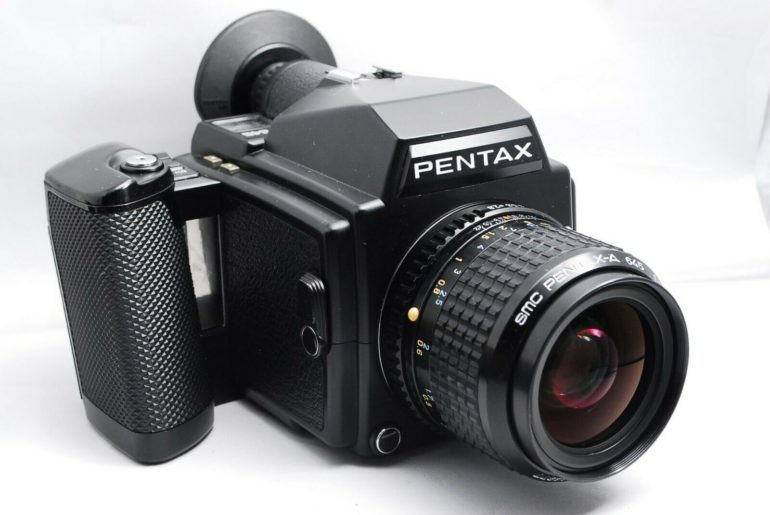
Introduced in 1984, the Pentax 645 features center-weighted TTL metering, automatic exposure modes, 1.5 fps motor drive, and a small LCD screen on top showing the mode, exposure compensation, and exposure count. This camera doesn’t use an interchangeable back system; film is instead loaded into holders which in turn are placed into the rear of the camera. These holders cannot be taken out until the entire roll is shot. In 1997, the significantly redesigned 645N was introduced. It had an autofocus system and the 645 lenses were upgraded to pair with it. Other added improvements include matrix metering, self-timer, film-edge data imprinting, and 2 fps motor drive.
Buy Now: eBay

“The medium format Pentax is my absolute favourite and my work horse,”
Amy O’Boyle in our interview. Image used with permission.
Mamiya 645
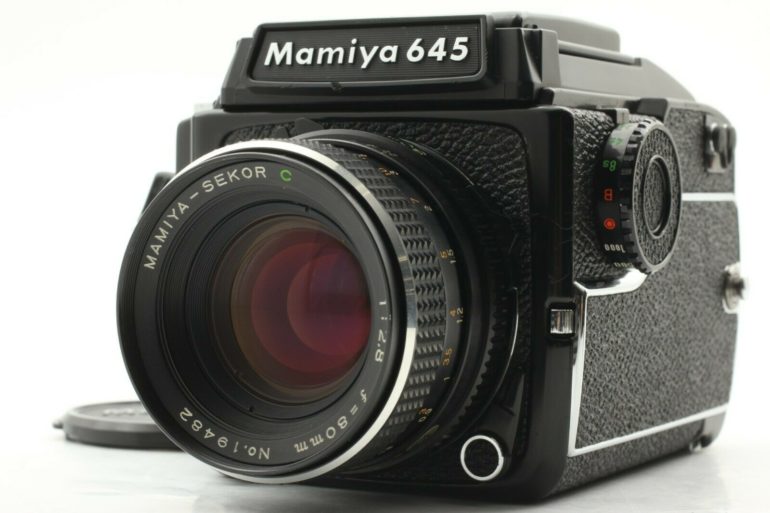
According to Wikipedia, the Mamiya 645 is actually a system of manual focus medium format film and digital cameras that came in three major generations: first-generation manual-focus film cameras, second-generation manual-focus film cameras, and autofocus film and digital cameras (beginning with the 645 AF launched in 1999). For starters, let’s focus on the first Mamiya 645 made from 1975 to 1987. It was the first Mamiya camera to offer the 645 format and produced 15 exposures on a 120 roll film. A true system camera, it accommodated interchangeable lenses and viewfinders, and all first and second-generation manual-focus Mamiya 645 cameras used the same lenses and film spools. As for the viewfinders, grips, and other accessories, not all of them were cross-compatible.
The original Mamiya 645 was equipped with an electronically controlled cloth focal-plane shutter with speeds of 8 seconds to 1/500 sec, a mirror lock-up, and selectable multiple exposure. The film can be pre-loaded in film magazines but cannot be changed mid-roll. Accessories included a waist-level non-metered viewfinder, a non-metered pentaprism, and three TTL-metered prisms (CdS, PD, and AE). The standard lenses were either the 80mm f2.8 C, the 70mm f2.8 C E, or the 90mm f1.9 C. Improvements and versions were introduced in other models, including faster top shutter speed of 1/1000 sec, self-timer, removable film backs, TTL flash metering, and style changes.
Buy Now: eBay
Contax 645 AF
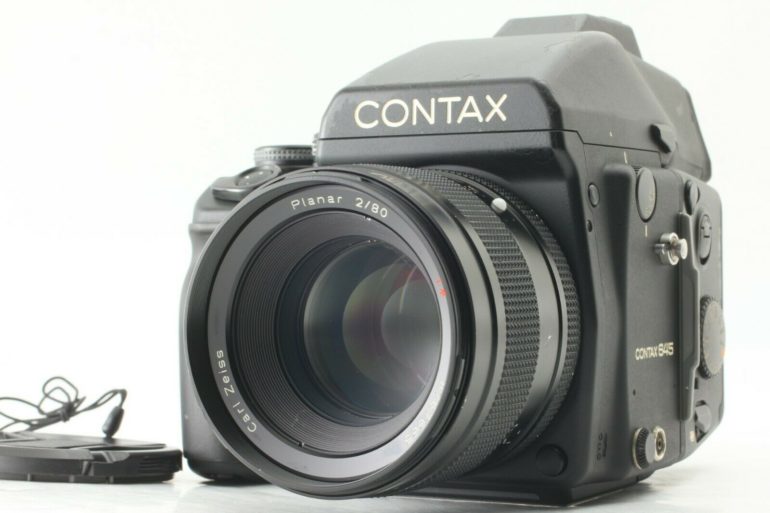
One of the more modern options is the Contax 645 AF, produced by Kyocera under the Contax brand name from 1999 to 2005, and competed with Pentax 645N and Mamiya 645 AF. Also a true-system camera, it featured a range of interchangeable lens and finders, and a body made with materials similar to the Contax RTS 35mm SLR cameras. According to camera-wiki.org, it had a TTL metering system with spot and center-weighted modes, three exposure modes (Aperture priority, Shutter priority, and Manual), exposure compensation, and three flash exposure modes (TTL auto flash, TTL auto pre-flash, and manual pre-flash). The vertical-traveling electronic focal plane shutter has a whopping top speed of 1/4000. Its Carl Zeiss lenses were equipped with built-in motor that allowed auto and manual focus override, while its interchangeable film backs had dark slides and inserts for both 120 and 220 film. Other notable features include automatic film loading, barcoded film reading, and automatic film advance at 1.6 fps.
Buy Now: eBay
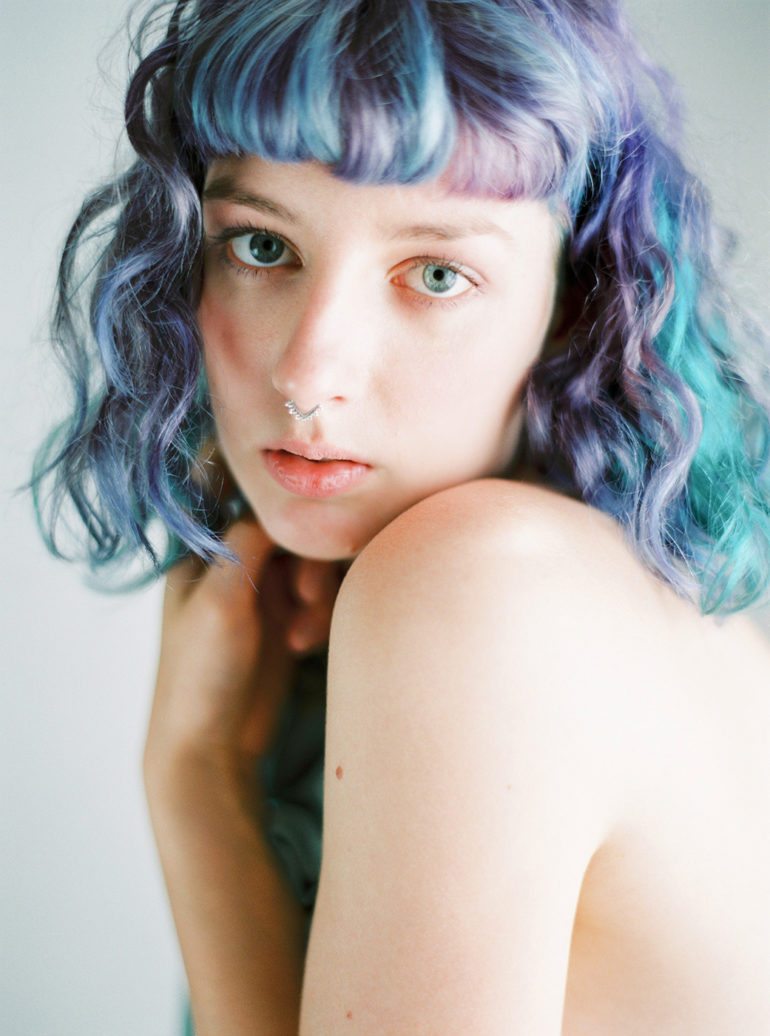
“My gear for the shooting was the Contax 645 + Zeiss 80mm f/2, a medium format gem and I love this camera to death. I think it’s the best gear combination ever and I have gone really addicted to it due to its ease in use, the particular beauty of the lens and how it makes the pictures look so soft and sharp at the same time.”
Anastasia Egonyan (image used with permission in our interview)
Fujifilm GA645i
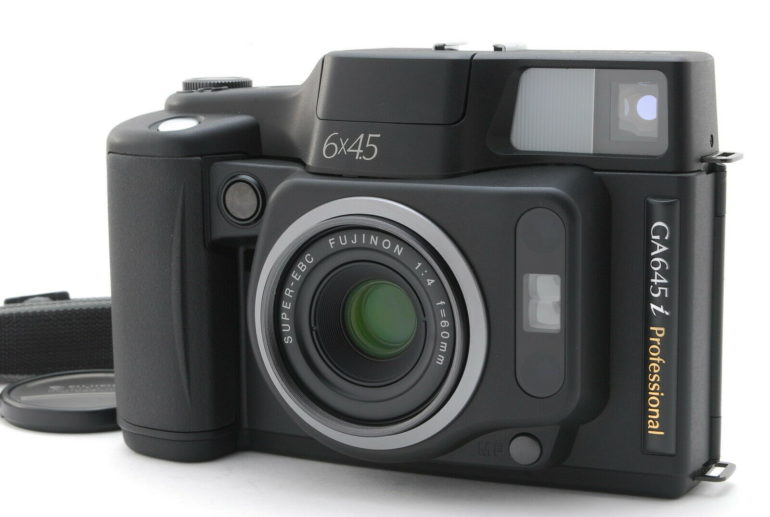
If you’re a fan of rangefinder cameras and would like to get the rangefinder experience on medium format, one of your best options is the 1995 Fujifilm GA645i. As the upgraded version of the GA645, it was equipped with an additional shutter button on the front and could already read the ISO barcode on Fujifilm’s 120 and 220 films. Some also report a quieter focusing motor in this model. The viewfinder is in portrait orientation and has bright lines and parallax correction. Other features include a center-weighted exposure system, exposure compensation, three exposure modes (Programmed-Auto, Aperture-Priority, and Manual), top shutter speed of 1/700 sec (1/400 sec for aperture range of f4 to f9.5), motorized film advance and automatic film loading, and 60mm f4 lens.
Buy Now: eBay
Bronica RF645
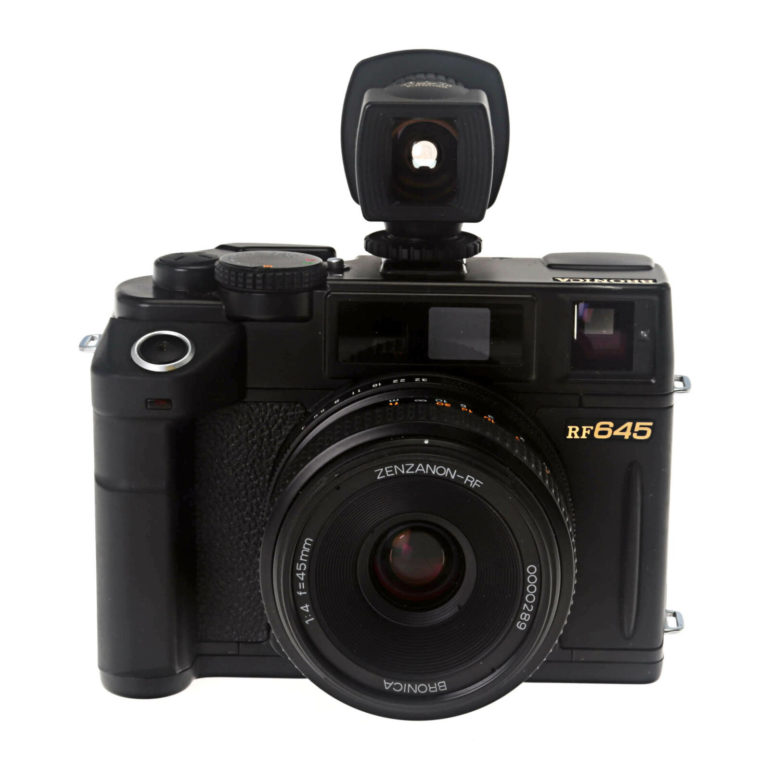
Not so long ago, we put the spotlight on the Bronica RF645 and Alastair Bird’s quick review, wherein he described it as “one of the nicest little cameras that you’ve never heard of.” Introduced in 2000 and discontinued just five years later, it’s one of the more modern options available to you. It has a leaf shutter, a cloth curtain that unfolds and serves as a dark slide when the lens is removed (to protect the film from exposure), Program mode, and non-TTL, center-weighted average metering. However, as mentioned by Camerapedia, the most striking feature of this camera is the vertical framing — something you may find strange and have to get used to at first. There were three interchangeable leaf shutter lenses introduced alongside it: 45mm, 65mm, and 100mm. There was also a short-lived 135mm tele lens that was replaced by the 100mm. According to Mike Johnston, the rangefinder base length turned out to be insufficient for a longer lens to be focused accurately without camera-to-lens calibration. A dedicated flash (RF20) and special polarizer kit were also made for this camera.
Buy Now: eBay
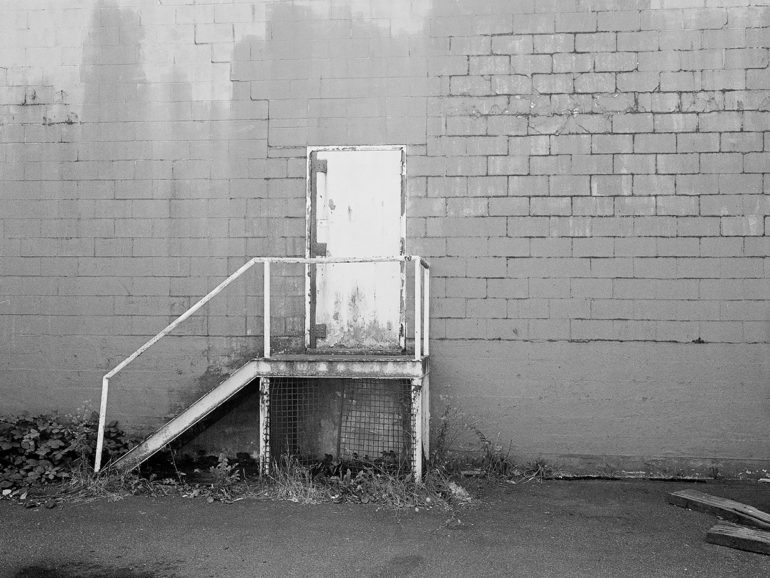
The Bronica RF645, as Alastair described, is “one of the nicest little cameras that you’ve never heard of,”
Quoting Alistair Bird and his YouTube channel, Image used with permssion
Cover image from the video by Bryan Birks


